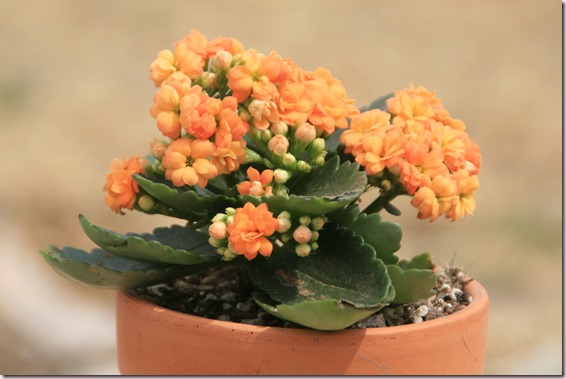When I first started collecting cactus, I would bring home my little treasures, happily repot them in a dish garden, and, like most people, I suspect, throw away the identification tags, oblivious to the fact that some day I might want to know those sometimes seemingly unpronounceable names.
Time passed, and I realized that if I was to be a serious collector, I needed to know what I had in my collection. Then when I decided to branch out and have a dish garden business, I really needed to know my plants so customers would have faith that I knew what I was talking about.
So I started saving the tags, consulting my books, checking on the Internet, marking my plants, and last year, got really serious about it and started an inventory of my collection. Not an easy task for a variety of reasons, most of which you are already aware of if you have ever tried to document your specimens. Learn from my folly and keep your tags when you bring the plant home. Starting now. It is much easier than playing catch-up.
Because I do want to become more knowledgeable about plant identification, I tried to play close attention at the convention and would repeat the names as the speakers would say them and desperately try to write it down. Needless to say, I couldn’t begin to keep up with them, but it was a start.
I learned two things about names: family names change from time to time, so about the time you think you know one family of plants, the experts up and change the name. Then there is the decision of which name to use. The other thing is that different people pronounce the names differently, so it depends on who you are talking to as to which pronunciation is considered correct. Is is o-punt-e-a or o-puncha for opuntia? Ka-lanch-o or ka-lan- cho-e for kalanchoe? And I could go on, but you get the picture. I checked my notes and found that I had not attempted to write down any of the family names that had been changed, so you are on your own as you discover those changes. I think the general consensus is that you use the name you are familiar with and not worry about it since it may well change again sometime. And pronounce it as it makes sense to you and move on.

I call this a ka-lanch-o. I guess my Texan is showing.

O-punt-e-a fragilis is what I would say. I know it is an opuntia, but the fragilis may be wrong. The easy identification is miniature prickly pear.
So while you do need to know your plants, don’t get in a tizzy over inconsistencies. But do enjoy learning your plants and finding out which plants are related. For example, I found it fun to know that the senecios I have are related to the giant groundsels I marveled at while climbing Mount Kilimanjaro in 2007 (“Surprises From the Senecio Family,” January 1, 2013).

Senecio and aloe. And they have name tags!
Have fun.
Recent Comments